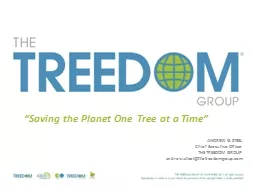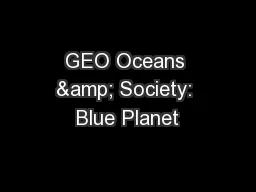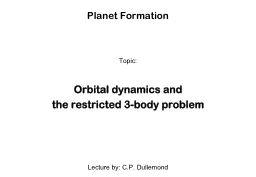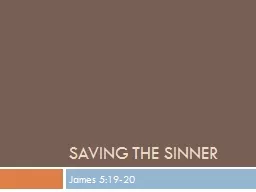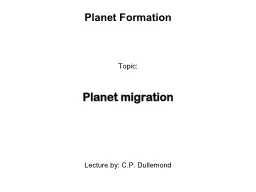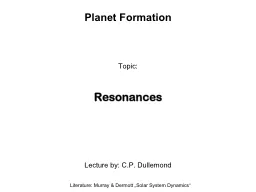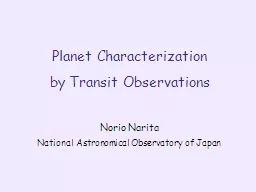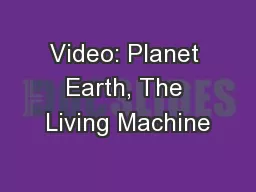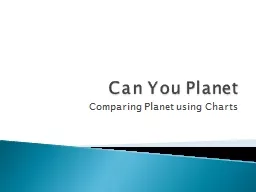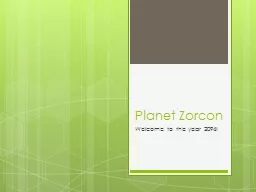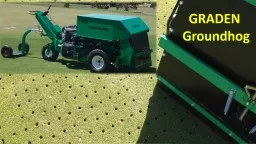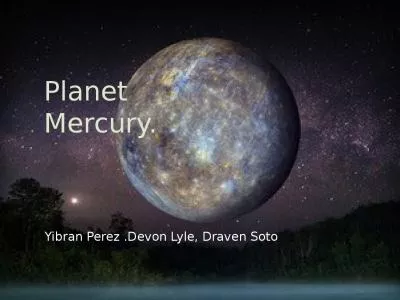PPT-“Saving the Planet One Tree at a Time”
Author : olivia-moreira | Published Date : 2016-12-09
ANDREW G STEEL Chief Executive Officer THE TREEDOM GROUP andrewsteelthetreedomgroupcom Outline Who we are what we do projects Our SUCCESS Overview of the
Presentation Embed Code
Download Presentation
Download Presentation The PPT/PDF document "“Saving the Planet One Tree at a Time�..." is the property of its rightful owner. Permission is granted to download and print the materials on this website for personal, non-commercial use only, and to display it on your personal computer provided you do not modify the materials and that you retain all copyright notices contained in the materials. By downloading content from our website, you accept the terms of this agreement.
“Saving the Planet One Tree at a Time”: Transcript
Download Rules Of Document
"“Saving the Planet One Tree at a Time”"The content belongs to its owner. You may download and print it for personal use, without modification, and keep all copyright notices. By downloading, you agree to these terms.
Related Documents

